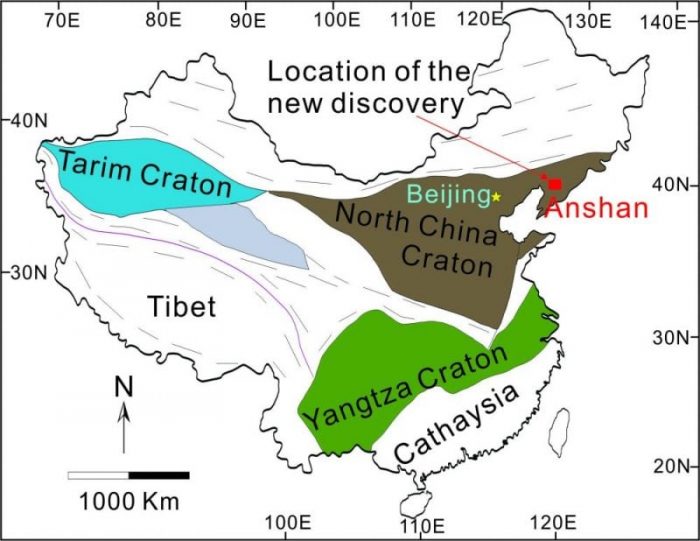
Because planet Earth has continued to change over the past 4.5 billion years, the chemical composition and differentiation of the infant Earth provides a starting point to evaluate how it evolved; information that is crucial to our understanding of how Earth became a habitable planet. However, such information is rarely available or masked by young geological processes.
Fortunately, a recently developed analytical technique allows us to identify early Earth processes. Based on parent elements of some isotopic systems that are now extinct, due to their short half-lives (fast decay of parental element to daughter isotope), any short-lived radiogenic isotope anomalies (e.g. 182W and 142Nd) are mostly attributed to processes operating in the first few million years of Earth’s history.
Professors Chao-Feng Li and Xian-Hua Li from the Institute of Geology and Geophysics, Chinese Academy of Sciences, together with Associate Professor Xuan-Ce Wang and Professor Simon Wilde from Curtin University established a rapid and high precision analytical technique to identify short-lived isotope 142Nd anomalies in silicate rocks. We know of only a few laboratories around the world, besides our own, that are capable of producing data with better than 5 ppm (2SD) external precision.

Location of the North China Craton and the new discovery in Anshan. Republished with permission from Elsevier from https://doi.org/10.1016/j.precamres.2017.09.001
Rock units within the Archean Anshan Complex in the northeastern part of the North China Craton are one of the few examples on Earth that are older than 3.8 Ga, and thus provide a rare opportunity to determine the relative roles of primordial silicate differentiation versus progressive differentiation in shaping the Earth’s chemical architecture. This study is the first to report significant positive 142Nd anomalies in the Anshan Complex of up to +9.2 ± 2.8 ppm relative to the modern accessible Earth.
In-depth analyses reveal that the Anshan source consisted of high- and low-μ142Nd end-members. The high-μ142Nd end-member had μ142Nd = +15 and ε143Nd(t) = +10 and is characterized by highly enriched incompatible trace element ratios, similar to average early Archean upper continental crust, suggesting the presence of highly evolved silicate reservoirs in Earth’s infancy. The low-μ142Nd end-member had μ142Nd ≤ -4 and ε143Nd(t) ≤0 and is characterized by depleted incompatible trace elements. The chemical and isotope characteristics of such a low-μ142Nd end-member implies an early-formed and deep-seated mantle reservoir, which is the source of the oldest and hottest terrestrial silicate rocks; the Barberton komatiites.
The authors proposed ca. 4.5−4.4 Ga model ages for the precursors to the oldest components of the Anshan Complex, which implies multiple mantle-crust differentiation events took place from 4.3 to 3.8 Ga. This study, therefore, provides important constraints on both primary silicate differentiation within 100–150 Ma of solar system formation and late Hadean and early Archean mantle-crust differentiation events.
This study, Differentiation of the early silicate Earth as recorded by 142Nd-143Nd in 3.8–3.0 Ga rocks from the Anshan Complex, North China Craton was recently published in the journal Precambrian Research.









